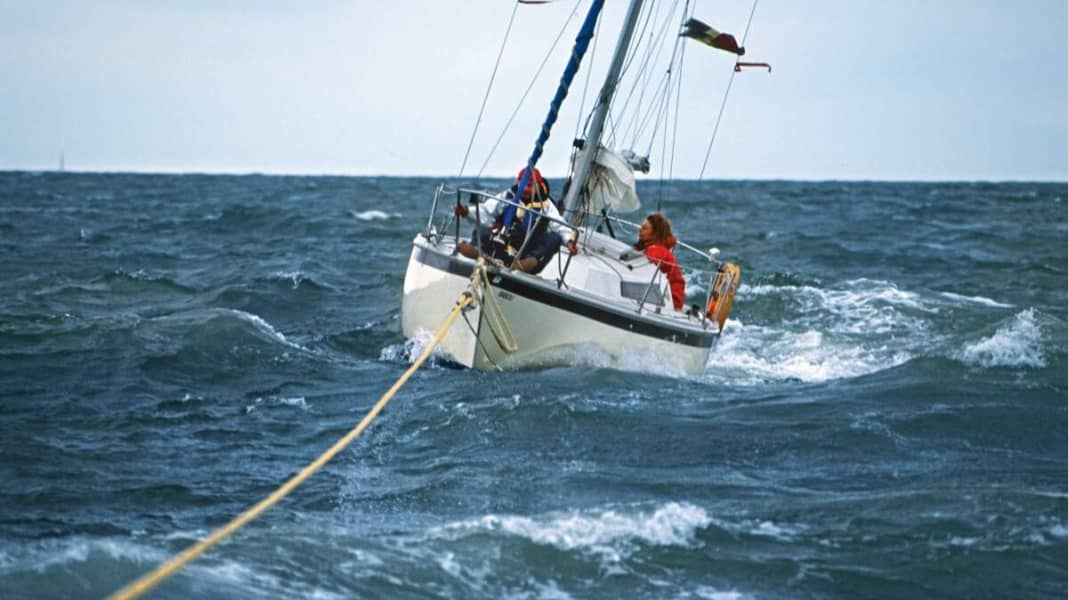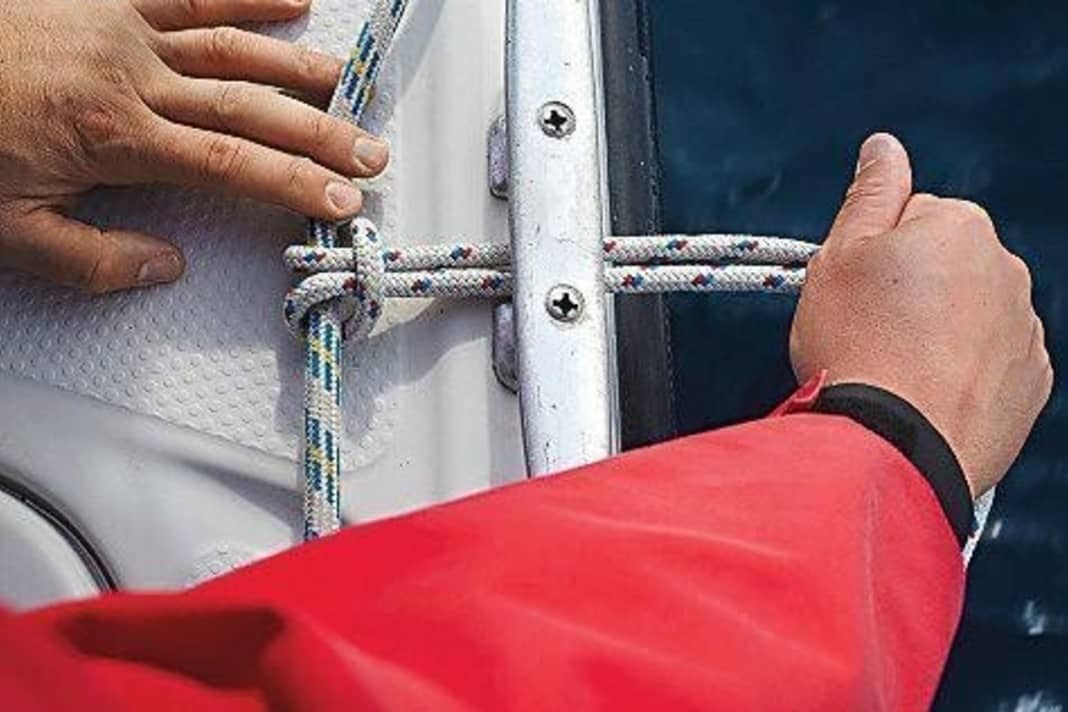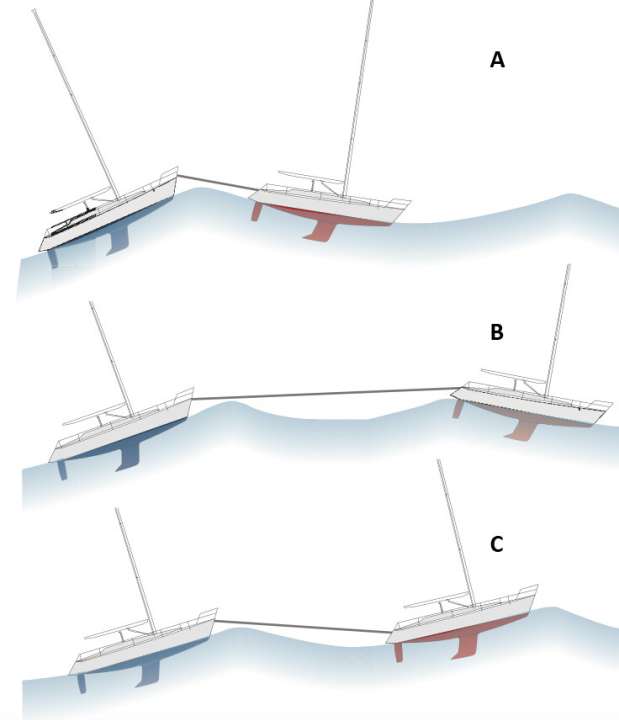
Spring is the start of the season, and the start of the season is the time when work on the boat is once again postponed. Old and poorly maintained diesels break down on the water in droves. But regardless of this accumulation, no-one is safe from needing another person's line, be it in the doldrums or after running aground, not to mention worse. Similarly, anyone can quickly find themselves in a situation where they need to offer towing assistance, which, as long as the tug is not endangering themselves, should be a matter of course in terms of good seamanship.
What skippers should know: Towing is generally not without danger, especially in rough conditions. A breaking hawser or fittings tearing out can injure people, so only those who are absolutely necessary should be on deck. Nobody should be in a potentially dangerous area, such as the pulpit. If you keep this in mind, you will soon realise that with a few tricks, such as hand signals, communication is easier, even under stress, and misunderstandings and dangers can be reduced.
On the following pages we have compiled preparations, different variants, behaviour when towing and useful hand signals.
Part 1: Preparation of the hawser connection






The DGzRS rescuers usually hand over their own hawser, into which a rooster pot with two eyes is already spliced. These only need to be placed over the two foreship cleats and the tow can begin. This procedure has several advantages: The hawser is designed for the purpose and not just any old line. The simple attachment means that even stressed or panicky crew members are unlikely to be overwhelmed. But: With this method, the entire pull is only on the cleats, which can lead to the line being torn out, especially in rough seas and with a strong pull. In addition, the hawser cannot be released under tension. Alternatively, an eye can be placed around the mast (in the case of masts that have been pushed through). The variant shown here is therefore particularly recommended:
Part 2: Connection with the tractor





The conditions are not always as mild as during our shoot. In rough seas, large forces act on all boat movements - avoiding scratches or collisions with the towing vehicle by pushing the boat away with physical force is pointless and life-threatening! Normally, however, it is not necessary to get so close to the unmanoeuvrable boat.
Part 3: The right length of hawser
The towing cable should be as long as possible; five times the length of the boat is considered ideal. It should also have plenty of stretch to cushion hard jerks. The spring effect increases with the length. In rough seas, the length should be adjusted so that both boats are in the same part of a wave system.

In situation A, the line is too short, the "downward travelling" towing vehicle constantly pulls the yacht "uphill". In situation B, the line is too long, it would lead to constant jerking. If both boats are travelling up or down a wave at the same time (C), the correct distance has been set. The towing speed must be adapted to the yacht being towed. If the yacht is not able to glide, it must not be towed faster than its theoretical hull speed.
However, the work is not finished with the handover and attachment of the hawser. Caution is also required when guiding the hawser and communicating with the towing vehicle - for both sides! Hand signals help. More on this in the second part of the towing special (from 12.05.2018 on YACHT online) with a focus onParallel towing, communication in the towing unit, costs of a recovery.
